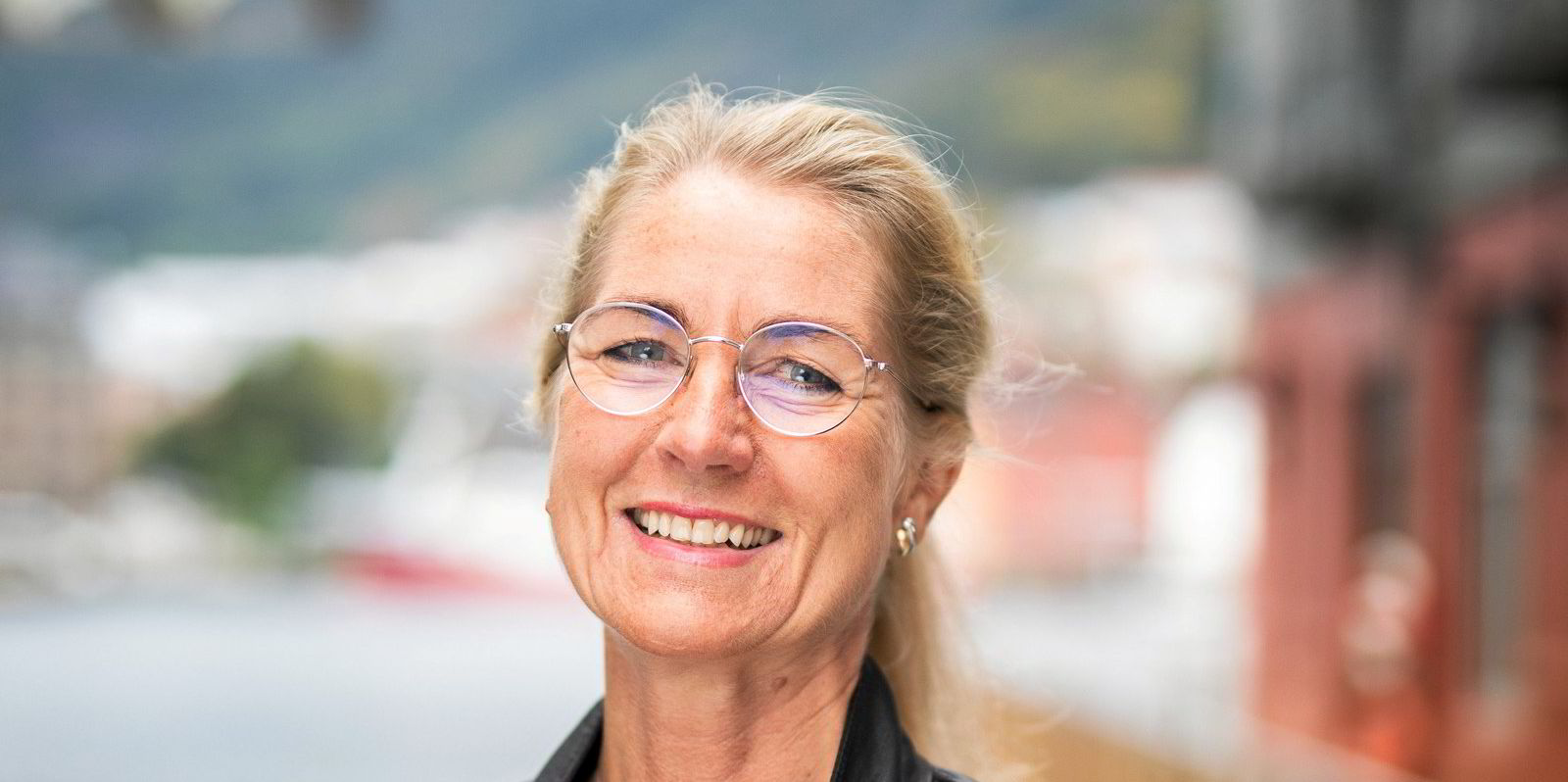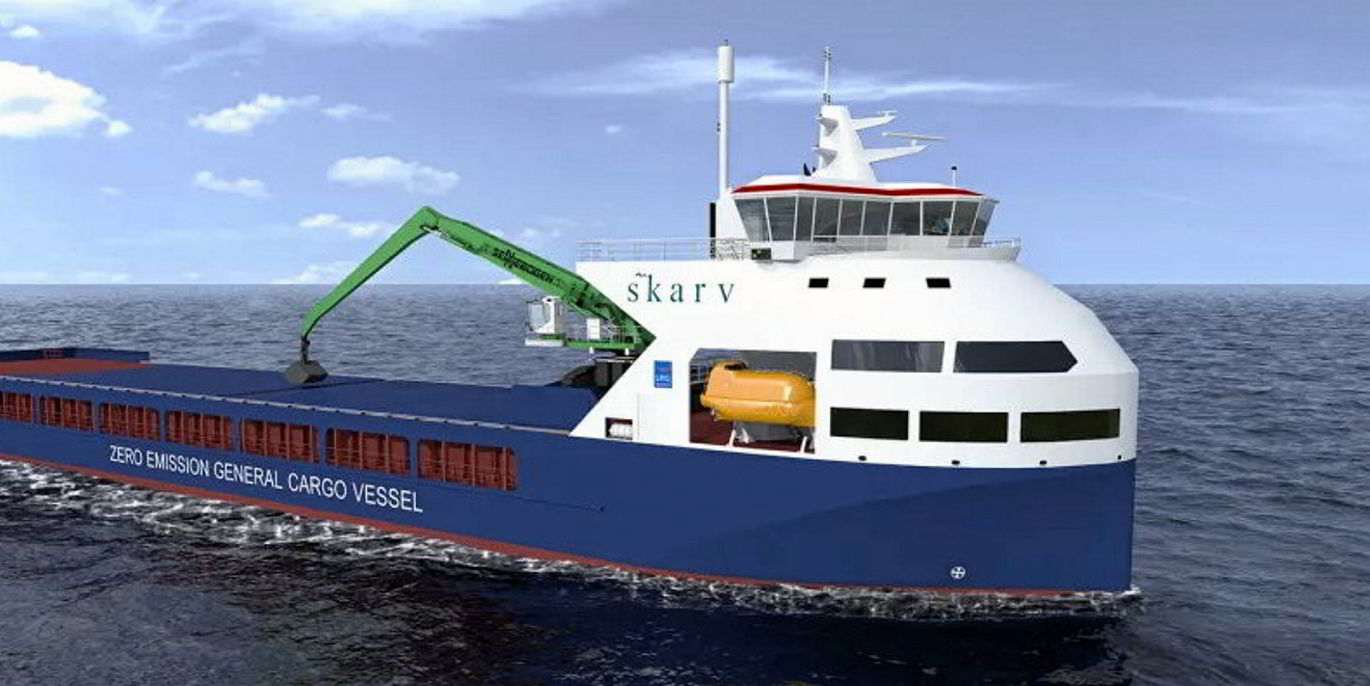Norway’s Grieg Maritime Group has exercised options for two ammonia-ready 82,300-dwt open hatch bulk carrier newbuildings in China.
The two bulkers will be built at CSSC Huangpu Wenchong Longxue and are scheduled to be delivered in 2026. Financial terms were not disclosed.
The options were attached to a newbuilding contract placed in May 2023 for two firm newbuildings plus two options. TradeWinds reported at the time that the vessels were costing $50m each.
At 82,300 dwt, the new ships will dwarf the 52,800-dwt L-class bulkers, previously the latest and largest vessels in the Grieg fleet.
All four vessels will be delivered to G2 Ocean’s pool, a joint venture formed in 2021 with compatriot shipowner Gearbulk.
The ammonia-ready ships will feature a MAN B&W 5S60ME engine and will be fitted with tanks holding 3,000 cubic metres of ammonia on deck.
The Marine Design & Research Institute of China has designed the vessels based on specifications and proposals from Grieg Shipbrokers and G2 Ocean.
All ships will be DNV-classed, registered under the Norwegian International Ship Register and have Bergen as their home port.
“With this expansion, G2 Ocean is increasing its carrying capacity and further demonstrating its commitment to providing flexible and sustainable shipping solutions to our customers,” said G2 Ocean chief executive Arthur English.
Equipped with dual-fuel engines, crane capacity of 120 metric tonnes, tween decks, a battery package to make peak-shaving a possibility and shore power options, the Chinese-built vessels will be the largest, most environmentally friendly and technologically advanced ships in the G2 Ocean fleet.
“The design and size of the vessels make them very flexible, allowing us to meet the requirements of our customers worldwide,” said English.
“With this delivery, we are also able to take another important step on our decarbonisation journey and our target of becoming net zero by 2050.”
G2 Ocean said it is committed to reducing its greenhouse gas emissions per transported unit by a minimum of 40% by 2030, compared with 2008 levels, and has set the ambition of becoming a net zero emissions company by 2050.





